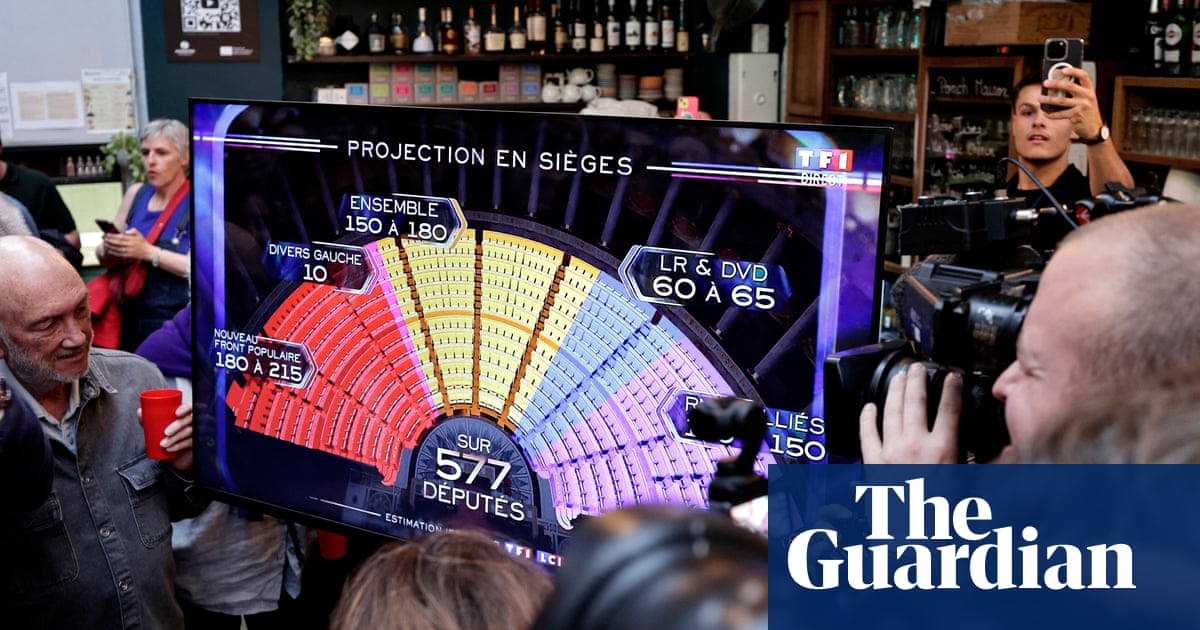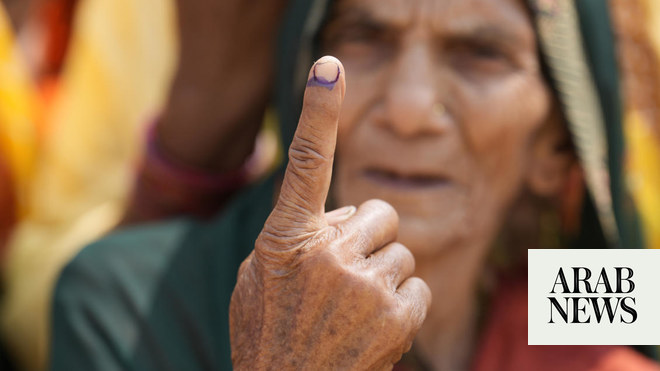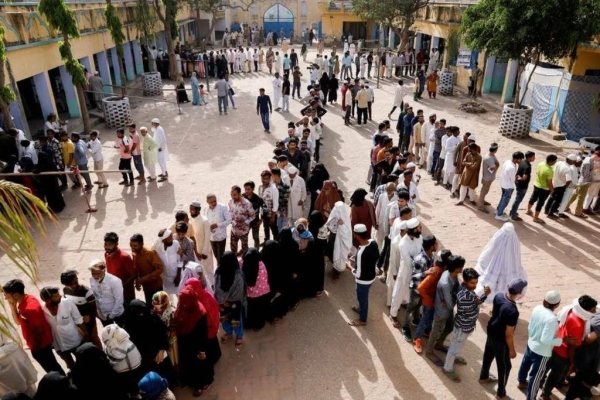
Indian prime minister Narendra Modi’s Bharatiya Janata party (BJP)-led alliance is projected to win a big majority in the general election that concluded on Saturday, TV exit polls said, suggesting it would do better than expected by most analysts.
Most exit polls projected the ruling National Democratic Alliance (NDA) could win a two-thirds majority in the 543-member lower house of parliament, where 272 is needed for a simple majority. A two-thirds majority will allow the government to usher in far-reaching amendments to the constitution.
A summary of six exit polls projected the NDA could win between 355 and 380 seats, a number that is likely to boost financial markets when they reopen on Monday. The NDA won 353 seats in the 2019 general election, of which BJP accounted for 303.
The opposition “India” alliance led by Rahul Gandhi’s Congress party was projected to win between 125 and 165 seats.
In his first comments after voting ended, Modi claimed victory without referring to the exit polls. “I can say with confidence that the people of India have voted in record numbers to re-elect the NDA government,” he said on X, without providing evidence of his claim. The opportunistic India Alliance failed to strike a chord with the voters. They are casteist, communal and corrupt.”
Exit polls, which are conducted by polling agencies, have a patchy record in India. They have often got the outcome wrong, with analysts saying it is a challenge to get results right in the large and diverse country.
Pre-poll surveys said the BJP would easily keep its majority in the election. But the party ran into a spirited campaign by the India Alliance, sowing doubt about how close the race might be. Many political analysts had predicted the BJP’s margin of victory would be narrower than or close to the 2019 tally.
The opposition dismissed the exit polls, and ahead of their publication had called them “prefixed”. Most opposition parties accuse India’s main news channels of being biased in favour of Modi, charges the channels deny. They also say exit polls in India are mostly unscientific.
“This is a government exit poll, this is Narendra Modi’s exit poll,” Supriya Shrinate, the Congress’s social media head, told news agency ANI, in which Reuters has a minority stake. “We have a sense of how many seats we are winning, it will not be one seat less than 259,” she said.
Nearly one billion people were eligible to vote in the seven-phase election that began on 19 April and was held in scorching summer heat in many parts. The election commission will count votes on 4 June and results are expected the same day.
A victory for Modi, 73, will make him only the second prime minister after independence leader Jawaharlal Nehru to win three consecutive terms.
Modi began his reelection campaign by focusing on his achievements over the last 10 years but soon switched to mostly targeting the Congress by accusing it of favouring India’s minority Muslims, which the opposition party denies.
The opposition has largely campaigned on affirmative action programmes and saving the constitution from what they call Modi’s dictatorial rule, an allegation the BJP denies.
Unemployment and inflation are the main concerns for voters in the majority-Hindu country of 1.4 billion people, surveys have said.
Market analysts said the exit polls had lifted uncertainty about the likely result and signalled the continuity of Modi’s growth-focused economic policies.
“Exit poll results which indicate a clear victory for the NDA with around 360 seats completely removes the so-called election jitters which have been weighing on markets in May,” said VK Vijayakumar, chief investment strategist at Geojit Financial Services. “This comes as a shot in the arm for the bulls who will trigger a big rally in the market on Monday,” he said.












